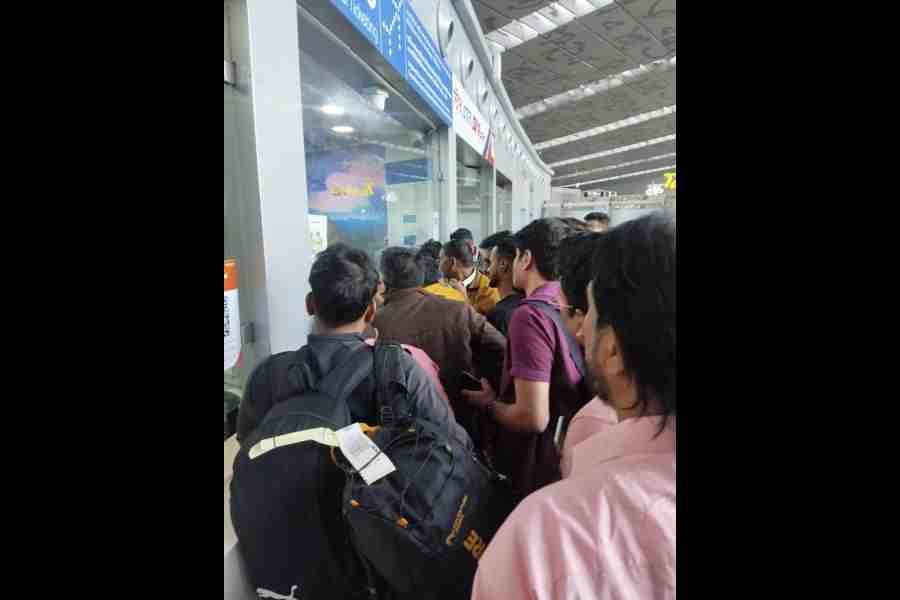The preliminary report on the Air India crash revealing that fuel was cut off to both engines — one second apart — after takeoff has prompted some pilots to ask whether intentional pilot actions rather than electromechanical failure caused
the disaster.
Veteran pilots say the chances of both engine switches moving spontaneously into “cut-off” positions are incredibly slim, although not impossible.
India’s Aircraft Accident Investigation Bureau (AAIB), in its first report on the June 12 Boeing 787-8 crash in Ahmedabad, said the Engine 1 switch was moved to cut-off about three seconds after lift-off and the Engine 2 switch, a second later. Pilots say these actions would have led to a loss of thrust critical during the takeoff phase.
“The report’s disclosure is nothing short of stunning — and I don’t use that word loosely,” said Captain Steve Scheibner, an American Airlines pilot, in a 20-minute commentary on the report, posted on his YouTube channel, Captain Steeeve.
Scheibner and others say pilots facing flameouts typically move switches to cut-off, then back to “run” to relight the engines. But cutting off both engines during takeoff, in the absence of any trouble, is baffling, they say.
“The AAIB report simply raises more questions,” Captain C.S. Randhawa, an Air India pilot and president of the Federation of Indian Pilots, a professional aviators’ association, told The Telegraph.
Some pilots say it’s extremely unlikely that both switches moved spontaneously under some electromechanical malfunction.
The US Federal Aviation Administration had in a December 2018 airworthiness information bulletin referred to a potential disengagement of the fuel control switch-locking feature, based on reports from Boeing 737 operators.
While the Boeing 787-8 also uses similar mechanisms, the AAIB report said no one had reported any defects relating to the fuel control switch on the crashed aircraft.
In theory, if both the switches were resting in the exact midway spot where they were neither in run nor in cut-off positions as the plane lifted off, they could fall back into cut-off, said Ryan Bodenheimer, a former US combat pilot.
But for this to happen to both switches is “a one-in-a-million chance”, Bodenheimer said in his 11-minute commentary on the AAIB report, posted on his YouTube channel, Max Afterburner.
Pilots also view inadvertent or accidental flips of both switches as impossible. “It’s a spring-loaded switch,” Scheibner said. “We have to grab it, grasp it, pull it out, pull it up, and release it over detents.”
He and other aviators said the switches are not like light switches. They are guarded, located on the centre console between the pilots, and cannot be flipped by casual contact — suggesting deliberate action is required.
Cockpit voice recorder data showing that one pilot asked the other why he had “cut off” (the fuel), and the other replying that he had not, has also puzzled pilots. The recording suggests that at least one pilot was surprised by the dual engine fuel cutoff.
The flight data recorder analysed by the AAIB shows that cockpit commands flipped the Engine 1 switch back to “run” nine seconds after the dual engine cutoff and the Engine 2 switch four seconds later.
Engine 1 began recovering, but Engine 2 struggled — and the aircraft was not high enough to recover. Air traffic controllers at that point heard on their radios: “Mayday, Mayday, Mayday.” Six seconds later, the aircraft crashed. Scheibner said the AAIB report’s findings suggest that someone placed those switches to cut-off.
The Airline Pilots Association of India (ALPA-I), a group representing some 1,000 pilots, on Saturday expressed concern that the tone and direction of the AAIB investigation “suggest a bias toward pilot error” and a “presumption of pilot guilt”.










